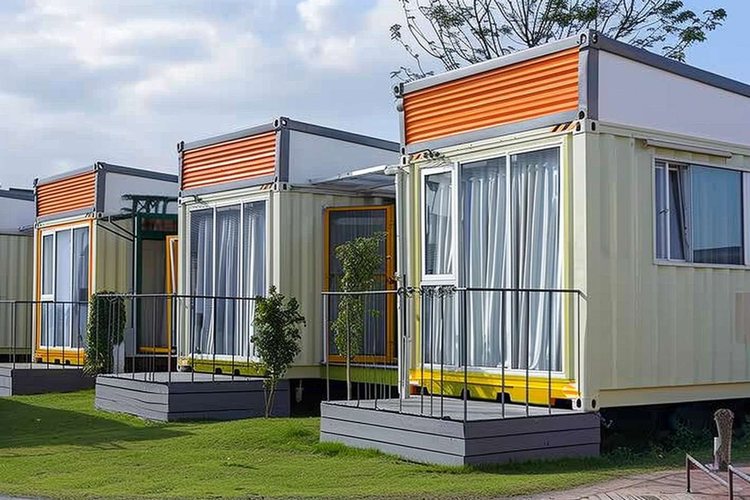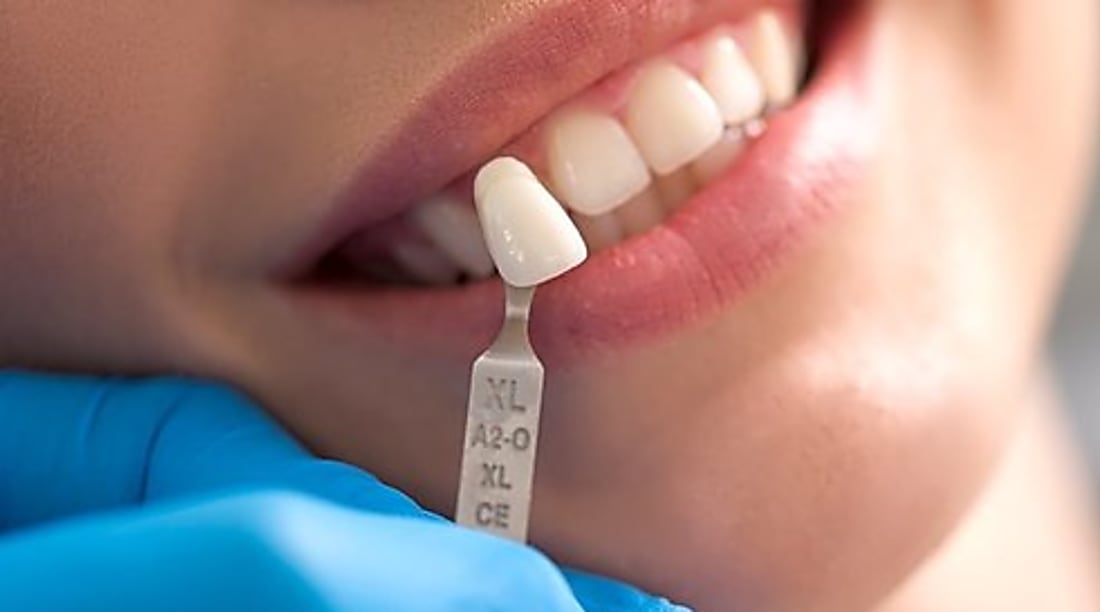What Exactly Are Screwless Dental Implants? – What UK Patients Should Know
Screwless dental implants are a type of dental restoration in which the visible crown (the part you see) is not fixed by a screw that pokes through it, but instead is attached using other methods such as cement (adhesive), friction-fit or locking taper techniques.

Modern implant dentistry has evolved considerably, offering patients various restoration options to replace missing teeth. Among these innovations, screwless dental implants have gained popularity for their aesthetic advantages and streamlined approach to tooth replacement.
How Do Screwless Dental Implants Work?
Screwless dental implants utilise a cement-retained system where the crown is permanently bonded to the implant abutment using dental cement. This method eliminates the need for an access hole in the crown’s chewing surface, which is required in screw-retained implants. The process involves placing a titanium implant into the jawbone, allowing it to integrate over several months, then attaching an abutment and cementing the custom crown in place. This creates a restoration that closely mimics the appearance and function of natural teeth.
Benefits of Cement Retained Implant Crowns
Cement-retained implant crowns offer several advantages over their screw-retained counterparts. The absence of screw access holes allows for superior aesthetics, particularly in the front teeth where appearance is paramount. The crown’s surface remains uninterrupted, providing better colour matching and translucency. Additionally, the cementation process can compensate for minor angulation issues with the implant, making it easier to achieve optimal crown positioning. The solid crown structure also provides excellent strength and durability for normal chewing functions.
Aesthetics in Implant Dentistry Considerations
Aesthetics in implant dentistry has become increasingly sophisticated, with screwless implants playing a crucial role in achieving natural-looking results. The continuous surface of cement-retained crowns allows dental technicians to create restorations with seamless colour transitions and realistic surface textures. This is particularly important in the aesthetic zone, where even minor imperfections can be noticeable. The ability to customise the emergence profile and gingival contours around screwless implants also contributes to more natural-looking gum lines and overall smile harmony.
Potential Drawbacks and Considerations
Whilst screwless dental implants offer numerous benefits, they also present certain challenges. Retrievability can be more complex compared to screw-retained implants, as removing a cemented crown may require cutting it off, potentially damaging the restoration. Excess cement removal during placement requires careful attention, as residual cement can cause peri-implant inflammation. Additionally, if complications arise with the implant or abutment, accessing these components becomes more difficult. Patients should discuss these considerations with their dental professional to determine the most suitable option for their specific situation.
Cost Considerations for UK Patients
The cost of screwless dental implants in the UK varies depending on several factors including location, practitioner experience, and case complexity. Private treatment typically ranges from £2,000 to £4,000 per implant, including the crown. Some practices offer payment plans to make treatment more accessible. It’s worth noting that whilst NHS dental treatment covers some implant procedures in exceptional circumstances, most patients will require private treatment for aesthetic implant work.
| Treatment Type | Average Cost Range | Additional Considerations |
|---|---|---|
| Single Screwless Implant | £2,000 - £4,000 | Includes implant, abutment, and crown |
| Multiple Implants | £1,800 - £3,500 per unit | Potential discounts for multiple units |
| Full Mouth Rehabilitation | £15,000 - £30,000 | Comprehensive treatment planning required |
Prices, rates, or cost estimates mentioned in this article are based on the latest available information but may change over time. Independent research is advised before making financial decisions.
Choosing the Right Treatment Option
Selecting between screwless and traditional dental implants requires careful consideration of individual circumstances. Factors such as implant location, aesthetic requirements, bone quality, and long-term maintenance preferences all influence the decision. Front teeth often benefit from screwless options due to superior aesthetics, whilst back teeth might be suitable for either approach depending on specific requirements. Consulting with an experienced implant dentist who can assess your particular situation and explain the pros and cons of each option is essential for making an informed choice.
Screwless dental implants represent a valuable option in modern restorative dentistry, offering excellent aesthetics and functionality when properly planned and executed. UK patients considering implant treatment should thoroughly research their options and seek consultation with qualified professionals to determine the most appropriate solution for their individual needs and circumstances.
This article is for informational purposes only and should not be considered medical advice. Please consult a qualified healthcare professional for personalized guidance and treatment.




